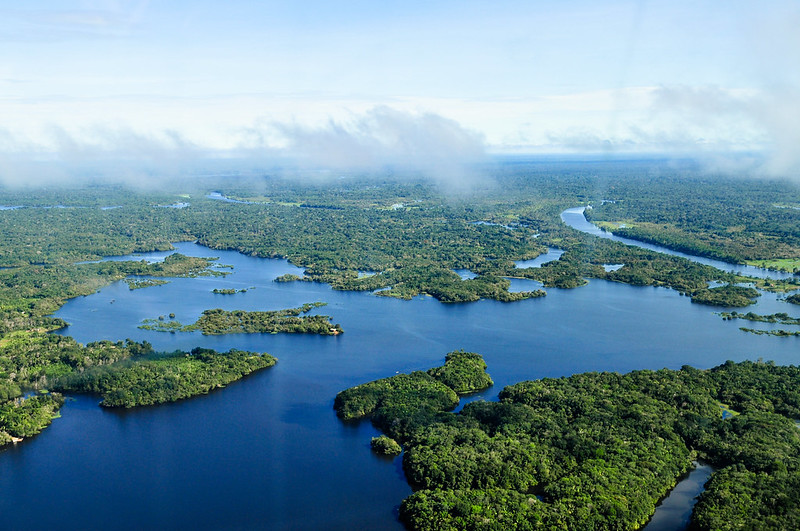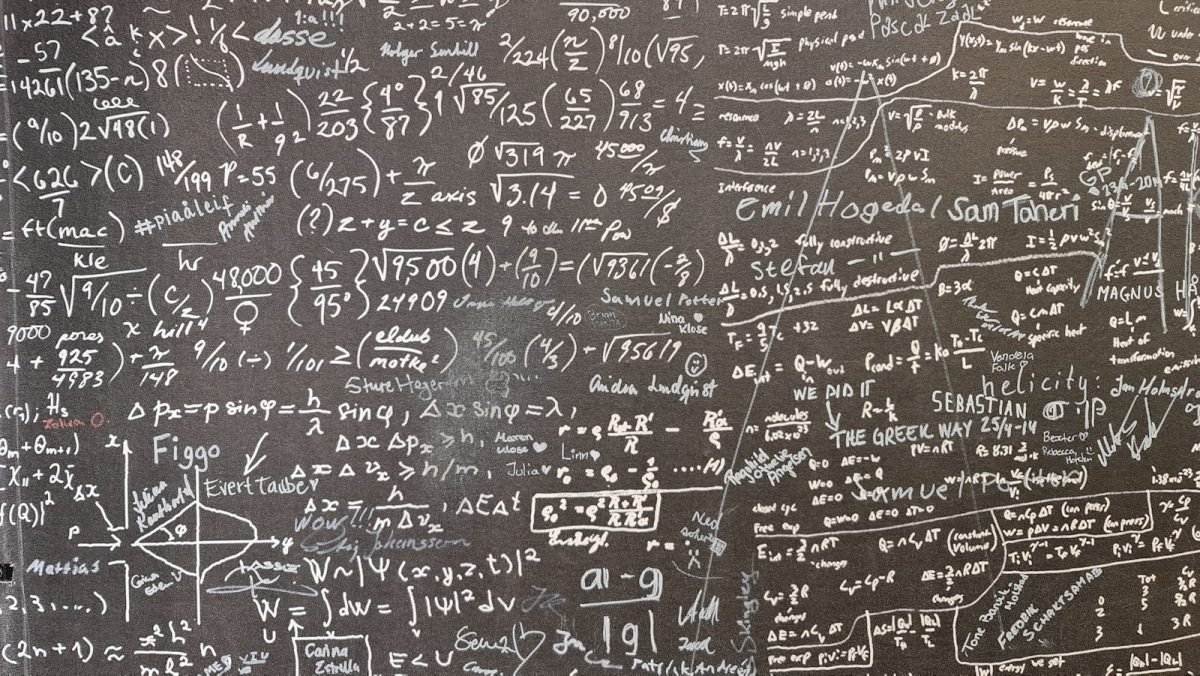
Who are the Polynesians?
Polynesian travelers settled the islands in a large area of the Pacific Ocean for about 500 years, leaving a genetic imprint of the travelers’ routes, researchers say.
DNA comparisons of present-day Polynesians show that sea voyages from Samoa in western Polynesia went south and then east, reaching Rarotonga in the Cook Islands by about 830 AD. Between the mid-12th and mid-14th centuries, people who migrated further east spread to a chain of small islands called the Tuamotuks, Rapa Nui, also known as Easter Island, and several other islands separated by thousands of kilometers. The eastern edge of Polynesia. Tuamotu travelers built massive stone statues on each island, such as the famous one on Easter Island. This is exactly the scenario described by Stanford University computational biologist Alexander Ioannidis, population geneticist Andrés Moreno-Estrada of the National Biodiversity Genomics Laboratory in Irapuato, Mexico, and their colleagues in a new study published on September 23 in the Nature magazine. The new analysis is broadly consistent with archaeological estimates of human migration in eastern Polynesia from about 900 to 1250. According to the researchers, the study provides unprecedented insight into settlement routes that formed and traveled more than 5,000 kilometers away.
“The colonization of eastern Polynesia was a remarkable event in which a huge area, about a third of the planet’s surface, was inhabited in a relatively short period of time,” says archaeologist Carl Lipo of Binghamton University in New York. York. did not participate in the new study. Lipo says that advanced radiocarbon dating methods applied to the remains of short-lived plant species found at archaeological sites yield a chronology of Polynesian colonization that is close to what genetic studies suggest. In the new study, the researchers identified only DNA segments of Polynesian origin in 430 extant samples from 21 Pacific islands. Using island-specific genetic fingerprints, the researchers were able to reconstruct settlement routes based on the proliferation of rare gene variants that must have resulted from the movement of a small group from one island to another, creating a new, larger population with new DNA twists. . Comparisons of common Polynesian ancestry between pairs of individuals on different islands were used to estimate when settlement occurred.
Related Stories:
https://www.exploratorium.edu/never-lost/origins/what-polynesia
https://www.britannica.com/place/Polynesia
https://www.dkfindout.com/us/history/maori/polynesia/
Take Action:
https://www.un.org/en/climatechange/what-is-climate-change





